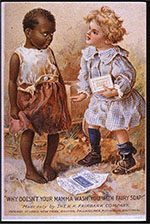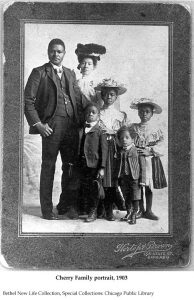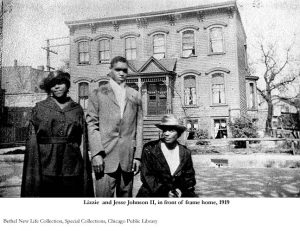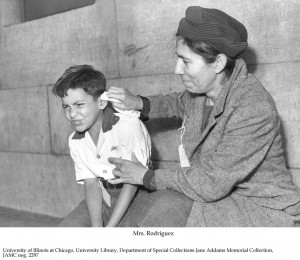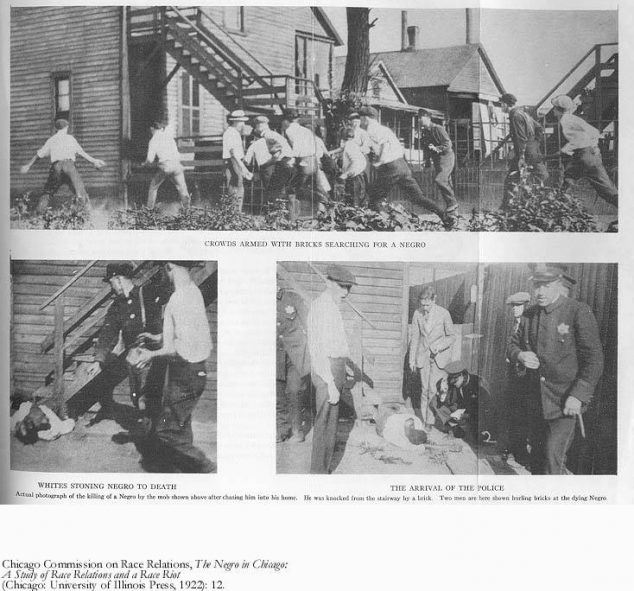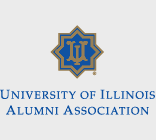CONTENT
- HOME PAGE
- PROLOGUE AN URBAN LEGACY
- INTRODUCING THE WEST SIDE
- 19th-CENTURY CAMERA
- URBAN PHOTOGRAPHERS HINE AND KIRKLAND
- PICTORIAL CHICAGO
- CHICAGO ENLIGHTENED CITY BEAUTIFUL
- CHICAGO GROTESQUE LAWLESS STREETS
- HULL-HOUSE "OASIS" IN A SLUM
- IMMIGRANT EMIGRANT CITY
- "ALIEN" COLONIES
- "RACE" COLONIES
- GHETTO LIVING
- "CHEAP" ECONOMY
- FAMILY
- AMUSEMENTS
- PUBLIC HEALTH
- TENEMENTS
- URBAN SOCIOLOGY CHICAGO SCHOOL
- MAXWELL STREET ARCHITECTURE TOUR
- CHICAGO CITY MAPS
“RACE” COLONIES WEST SIDE
In metropolitan newspapers, mainstream print, and academic journals, commentators employed such phrases as “foreign colonies,” “foreign element,” and “alien colonies” to specify the expanding number of ethnic settlements and neighborhoods inside American cities.
Excluded in the “alien” count were “race colonies” or people of color, Mexicans from south of the border, African-Americans from the American South, Chinese from the West Coast. “Race colonies” or people of color–black, brown, yellow–were outside the pale of “Americanization” and integration. “Why Don’t Your Mamma Wash You With Fairy Soap”! advertised the pictorial packaging for a prominent soap company.
E.A. Ross, a prominent American sociologist, wrote: “To the practised eye, the physiognomy of certain groups unmistakably proclaims inferiority of type. I have seen gatherings of the foreign born in which narrow and sloping foreheads were the rule. The shortness and smallness of the crania were very noticeable. There was much facial asymmetry. Among the women, beauty, aside from the fleeting, epidermal bloom of girlhood, was quite lacking. In every face there was something wrong-lips thick, mouth coarse, upper lip too long, cheek-bones too high, chin poorly formed, the bridge of the nose hollowed, the base of the nose tilted, or else the whole face prognathous. There were so many sugar-loaf heads, moon-faces, slit mouths, lantern-jaws, and goose bill noses that one might imagine a malicious jinn had amused himself by casting human beings in a set of skew-molds discarded by the Creator.”
Politicians courting the “white” vote were all too ready to exploit nativist prejudices embedded in race-hated. A bad situation was made worse when Negro workers with restricted prospects for work were employed as scabs and strike breakers by corporate owners. Witness the 1904-05 strike in the Chicago Stockyards.
Mexican workers were accused of working cheaper and displacing both manual and craft workers from “alien” nationalities. A viable definition of who was true-blue “white” never transcended the prejudices and interests of the moment. bjb

